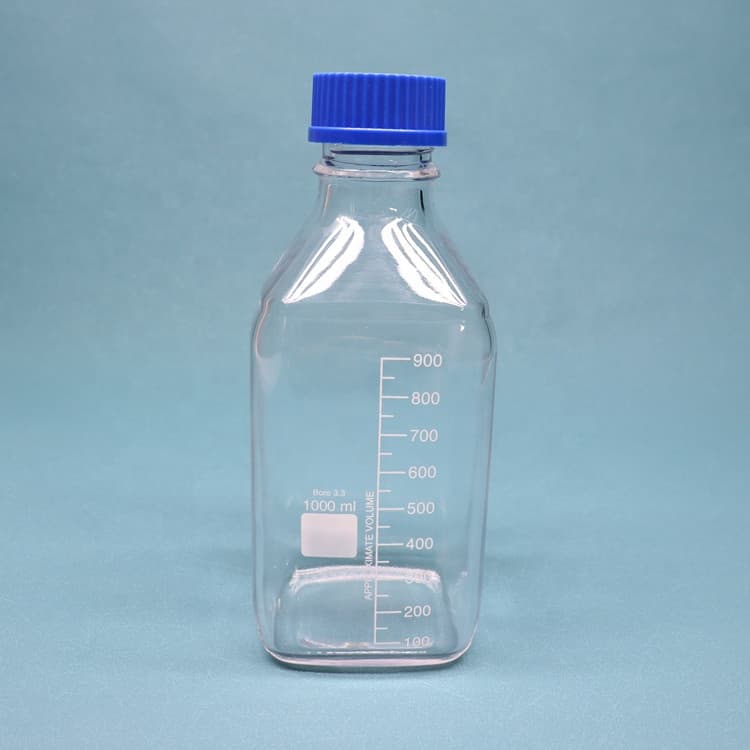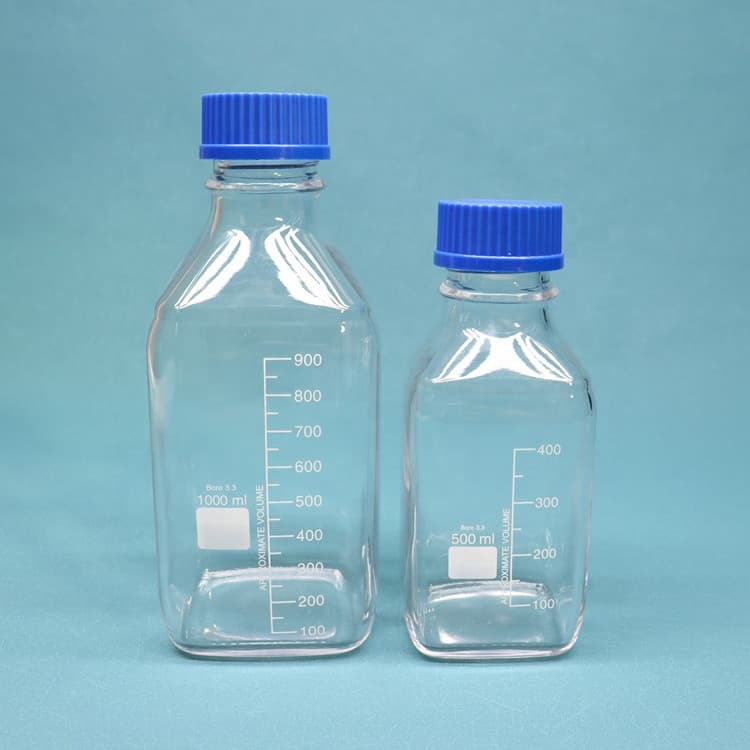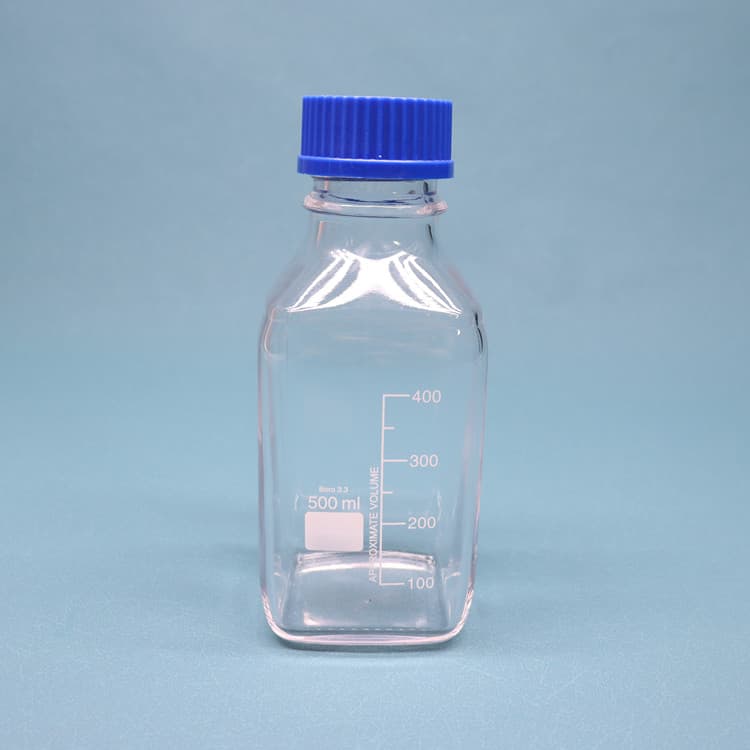



Dec 17, 2018 · Furthermore, innovative approaches need to be explored for traditional small-molecule antibacterial discovery programs, and alternative approaches need to be robustly validated and progressed. Together, vaccines and antibiotics have played a key role in our ability to manage bacterial infections, which has enabled the advancement of medical
It is quantitatively shown that the selective swelling of the minor component results in the formation of a nanoporous film where the initial hexagonal array of the copolymer is preserved without affecting the lattice constant, 40.7 nm. However, the film thickness increased by ∼17%, and the average electron density decreased by ∼20%.
Jun 1, 2019 · The proposed method showed comparable results to reference methods and advantages, such as speed, low cost, and simplicity. The combination of NADES and MW represents a sustainable and innovative approach to the elemental determination composition of vegetable oils and contributes to advances in sample preparation methods.
Polymer cross-linking is an effective technique to enhance chemical stability against solvents and fine-tune the free volume, leading to improve size-sieving ability. 90–93 Additionally, cross-linking reduces membrane swelling and solvent uptake 94–96 and increases glass transition temperature (T g) and degradation temperature. 96,97 Two
Jan 1, 2023 · The three-dimensional network structure formed by cross-linking enhances the interaction between the polymer chains and hinder the swelling effect of the solvent molecules. Recently, McGuinness and co-workers reported an innovative vapor phase infiltration (VPI) technique for membrane post-treatment to improve the membrane swelling stability [69].
A specially moulded seal with a PTFE insert. Sealing surface of Butyl and PTFE affects a more positive seal than non-PTFE-faced septa. Ideal choice for temperatures below 125°C. Good sealing characteristics, excellent resistance to most solvents with reduced coring and high puncture tolerance. PTFE provides increased chemical resistance.
Sep 14, 2021 · Managing symptoms. Initial treatment of a deviated septum may be directed at managing your symptoms. Your doctor may prescribe: Decongestants. Decongestants are medications that reduce nasal tissue swelling, helping to keep the airways on both sides of your nose open. Decongestants are available as a pill or as a nasal spray.
There are various methods for estimating the hydrogen bonds, e.g., solvent swelling (Larsen and Gurevich, 1996 ), DSC, NMR and FTIR ( Larsen and Baskar, 1987; Painter et al., 1987 ). Larsen and Baskar related the strength of coal-solvent interactions with the changes in the hydroxy stretching frequency on hydrogen bond formation.
Jun 17, 2019 · Don’t be shy. Make sure the time is right and tell your story to all your stakeholders, including those whose resource backing you need and those who’ll directly benefit from your innovation. You’ll want to tailor your approach based on what’s important to each person and what you need from them. Learn from your innovation efforts.
Feb 6, 2019 · Interactions of CPEs with skin lipid layer. The MD simulations of each permeation enhancer with skin lipid layer were carried out at three different concentrations (1% w/v, 3% w/v and 5% w/v).
Jul 21, 2020 · In the following sections, we highlight recent examples of drug-resistance analyses and chemical approaches that can help address resistance (Fig. 1). Fig. 1: Strategies to overcome resistance
Jul 25, 2014 · Another aspect of using PDMS in the fabrication of microfluidic devices is that some organic solvents such as hexadecance, dichloromethane, and toluene swell PDMS substantially, degrading device performance and making the use of PDMS limited in solvent manipulation applications [27], [28], [29], [30], [31].
Aug 1, 2021 · Thus, any efforts to enhance solvent resistance should ideally maintain or increase the glass transition temperature and overall thermal stability. Low-viscosity, liquid thermoplastic acrylic resins are ideal candidate materials for the reactive modification methodologies employed for liquid thermosetting resin systems in composite applications
sp solvent–polymer interaction parameter a entropic part of x b enthalpic part of x R o radius of the Hansen solubility sphere R a solubility parameter distance RED relative energy density f Teas fractional parameters l initial half thickness of a polymer slab R polymer–gel interface position S solvent–gel interface position j s solvent
Swelling in polymer materials is a ubiquitous phenomenon. At a molecular level, swelling is dictated by solvent–polymer interactions, and has been thoroughly studied both theoretically and experimentally. Favorable solvent–polymer interactions result in the solvation of polymer chains.